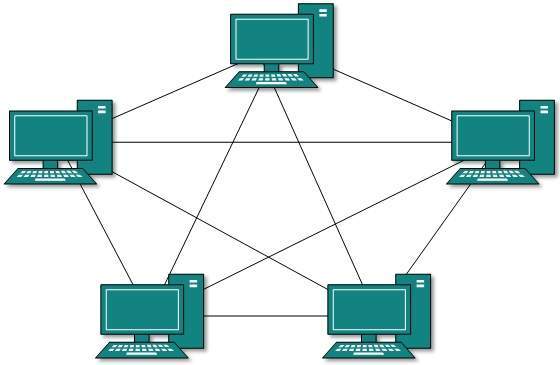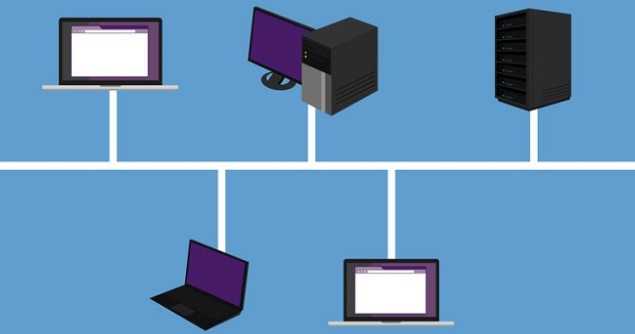Mobile Switching Center (MSC)
- The MSC is responsible for handling voice calls and SMS as well as other services (such as conference calls, FAX and circuit switched data).
- The MSC sets up and releases the end-to-end connection and hand-over requirements during the call and takes care of charging and real time pre-paid account monitoring.
- In the mobile phone system, in contrast with earlier analogue services, fax and data information is sent directly digitally encoded to the MSC Only at the MSC is this re-coded into an “analogue” signal.
- The BSS consists of the following network components:– 7BTS: Base Transceiver Station- BSC : Base Station Controller
- The BTSs are connected to the different BSCs thorough E1s links, BSCs are connected in turn to one or more MSC.
Introduction:
- With the technological advances and a rapid growth of optical and wireless communication systems is being developed every day.
- From economical point of view, the operator has to choose the most suitable communication system for the areas to be served.
- Efficient deployment of appropriate communication system according to the topography (Topology), enhances the services, provides higher rate, and increases revenue.
- The systems that may be used in providing telephony services to the rural areas and villages are outdoor optical fiber unit system ,wireless system.
Introduction of Access Network Topologies:
The Access Network (AN) is the physical connection between the core network and the subscriber terminals.
Classification of Access Networks:
- The wired line access method, utilizes copper wire cables, it is the conventional system. It is normally used for local networks at range of 5 Km maximum.
- The optical cable access. The fiber cable is connected to a remote unit,this remote optical unit provides service to the subscribers through copper wire. This system is used when communities are located apart from each other and far from the host exchange.
Network Topology:
- Physical topology: Actual layout of the media
- Logical topology: How the hosts access the media
Different types of physical topologies are used in MSCs:
1.Mesh topology –
- Point-to-point network
- Every two communication nodes(MSC) has a dedicated connection
- Each pair of MSC performs communications independent of others
- The number of links(channels) increases fast as the number of nodes (MSC)increases
Number of links( L )
L = N(N ` 1) / 2
N:Number of nodes (MSC)
Advantages:
- Eliminate traffic problems because the link(channels) is not shared.
- It is robust. If one link becomes unusable it does not incapacitate the entire MSCs.
- Privacy and security due to dedicated line.
- Point-to-Point link make fault identification and fault isolation easy.
Disadvantages:
- The amount of channels is very high.
- Installation and reconfiguration is difficult.
2. Star Topology:
The network connection is arranged as a star.
- All MSCs links to a WAN Switch.
- The WAN Switch directs the message from the sender to its destination.
Each MSCs does not directly connect to others

Advantages:
- Less expensive then a mesh topology.
- Each device needs only one link(Channel) and one I/O to connect it to any number of MSCs.
- Easy to install and reconfigure.
- Far less cabling is required than mesh topology.
- Fault identification and fault isolation is easy.
Disadvantages:
- More cables are required than Bus and Ring topology.
- Single point of failure is WAN Switch.
3. Ring Topology:
- Each MSCs links to its two neighbors in a circular arrangement.
- The “last” MSCs connects to the “first”.
- The message travels along the ring and is transferred by each MSCs until it reaches the destination.

Advantages
- A ring is relatively easy to install and reconfigure.
- To add or delete a device requires changing only the connections.
- Fault isolation is simplified.
Disadvantages
- Unidirectional traffic is a big disadvantage.
- In a simple ring, a break in the ring can disable the entire network. (But this can be solved by dual ring).
4. Bus Topology:
- All nodes link to a transmission cable, a shared bus.
- Any MSCs can send messages to any other nodes through the bus.
Advantages :
- Ease of Installation.
- Uses less cabling than other topologies.
Disadvantages:
- Difficult re-connection and fault isolation.
- Fault or break in the bus cable stops all transmissions.
5. Tree Topology:
- An alternative form of star topology
- All the nodes connect to the central Switch, an active Switch.
- A node may be a MSCs or a LAN Switch.
- Each LAN Switch has a group of computers connecting to it.

Advantages:
- Expansion of Network is possible and easy.
- Here, we divide the whole network into segments (star networks), which can be easily managed and maintained.
- Error detection and correction is easy.
- Each segment is provided with dedicated point-to-point wiring to the central hub.
- If one segment is damaged, other segments are not affected.
Disadvantages:
- As more and more nodes and segments are added, the maintenance becomes difficult.
- Scalability of the network depends on the type of cable used.
Awadhesh Kumar



